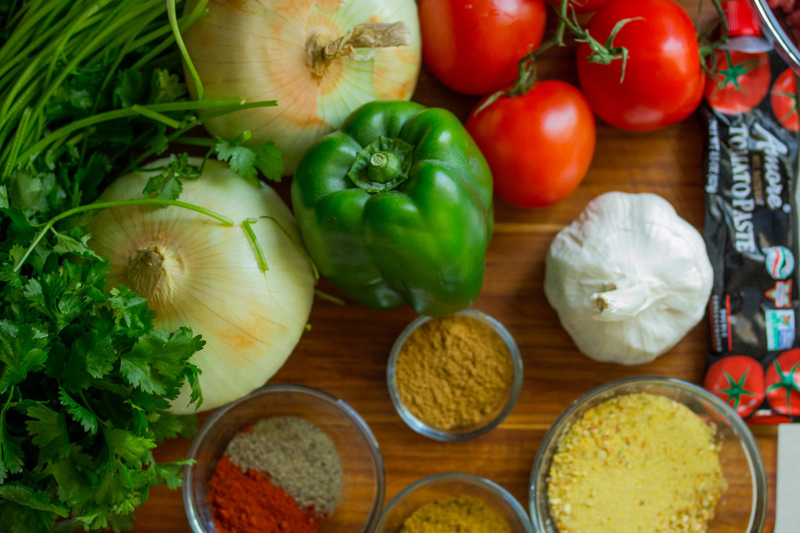Nociata - Honey Nut Dessert Recipe

This sweet treat is a Christmas recipe from Lazio (Latium) region of Italy. It is simple, but the memory of its flavor will "stick" with you.
In the Sabine Hills, north of Rome, you will find huge olive trees and delicious olive oil. It you visit during the Christmas season, you will also find la nociata a treat made from walnuts and honey.
Honey Nut Dessert
Ingredients
- 2 cups honey
- 2 cups shelled walnuts
- 1 tsp ground cinnamon
- butter for hands
- wax paper
Directions
- Heat the honey in a medium saucepan over a low heat.
- Chop the walnuts until they are almost a powder.
- When the honey begins to turn red add the walnuts and cinnamon.
 Stir and cook for 15 minutes, stirring frequently.
Stir and cook for 15 minutes, stirring frequently.- Pour the honey-walnut mixture onto a clean work surface (a marble pastry slab is excellent).
- Spread the mixture and allow to cool so that you can work it with your hands.
- With buttered hands take a tablespoon size amount of the honey-walnut mixture and form it into a little loaf.
- Place the loaves on the wax paper and allow to cool.
- Store in an airtight container.
The botanical name that we use for the walnut tree and its nut came from the Romans. Juglans regia (walnut tree) and nux juglandes (the walnut) stem from Jovis Glans or the Royal Acorn of Jupiter. The word for nut itself derives from the Latin nux or nucleus (fruit of the shell. It has been speculated that the word nux is a derivation from nox (night) because of the dark juice of the nut, which was used to dye wool.
Not everyone was a fan of the walnut. Superstitions and fears also surrounded the shade of the walnut tree. A passage in Pliny's writings states that the shadow of the walnut tree dulled the brain. He also considered the walnut tree a nuisance wherever it was planted.
You Should Also Read:
Peach Tart Recipe
Pan Pepato - Pepper Bread Recipe
Candied Walnuts Recipe

Related Articles
Editor's Picks Articles
Top Ten Articles
Previous Features
Site Map
Content copyright © 2023 by Paula Laurita. All rights reserved.
This content was written by Paula Laurita. If you wish to use this content in any manner, you need written permission. Contact Cinzia Aversa for details.



